Disclaimer: This article does not discuss post-capacitance fingerprinting schemes.
Since the millet MIX fire in 2016, the mobile phone market in 2017 seems to have begun to compete for a full screen. In this “full screen†era, the front screen of the mobile phone has a higher percentage of screens and a wider field of vision. Of course, it also brings up a problem that the most convenient entity pre-fingerprint unlocking must be used to make it occupy a full screen and a higher screen share. Thus, nowadays, when the pre-fingerprint solution is challenged, how to unlock the mobile phone in the future and how to achieve “convenience and security†seems to have become a hot issue.
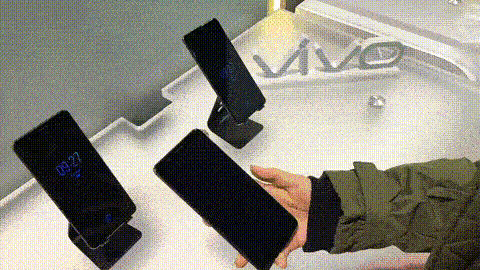
One of the original intentions of writing this article was because at the recent CES, vivo's fingerprinting scheme under the screen fired. VIVO used the OLED self-luminous feature to develop its own optical fingerprint unlocking (temporary name) program. The original intention of the second is to have some preliminary thoughts in this original article that was cast on the site. If you are interested, you can also take a look. The author is still writing more seriously:
My iPhoenX Weekly Experience:
I. Current mainstream non-front entity fingerprinting solutions
So let me take a look at some of the non-physical pre-fingerprints that are being used today:
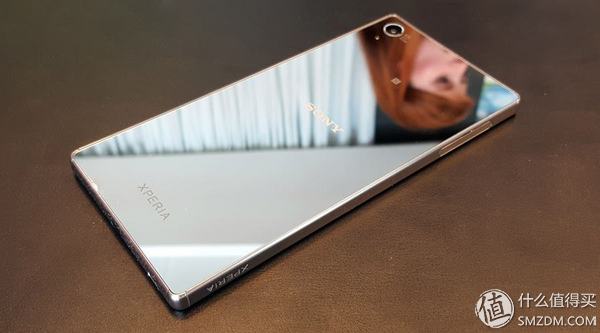
â–² Scenario 1: A side fingerprinting solution represented by Sony Z5 Premium (it is said that the upcoming release of Charm Blue s6 is also this program).
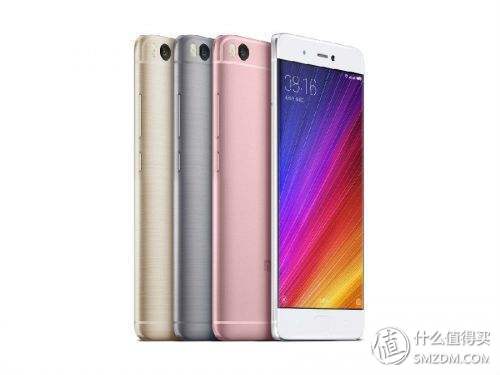
â–² Scenario II: Ultrasonic fingerprinting under the panel/panel represented by Xiaomi 5s (Unfortunately, this program was done by Xiaomi 5s. I am very optimistic about this scheme).
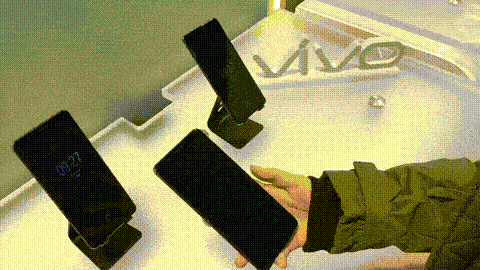
â–² Scenario 3: An optical fingerprinting solution represented by VIVO's new products (it is a pity that the screen must be lighted before fingerprint identification).
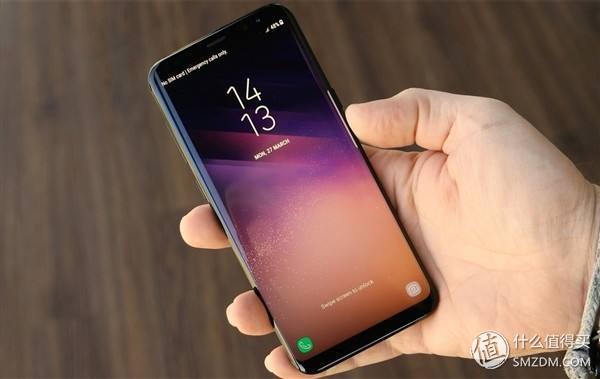
â–² Scenario 4: Illumination Recognition with Samsung Safari's Gaileshi S8 as the representative (unreliable success rate).
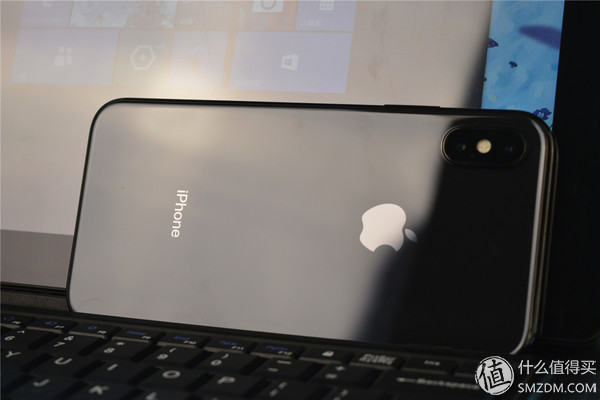
â–² Scenario 5: FaceID multi-sensor and face recognition scheme represented by Apple's father's iPhone X.
The program I can think of for the time being is probably the above five types, namely, side fingerprint identification, on-screen ultrasound fingerprint identification, on-screen optical fingerprint recognition, iris recognition, and face recognition (multi-sensor stereo recognition). Next on the portability, security and future, say these kinds of programs.
Second, unlock the convenience: side> ultrasound> optics> face> iris
In fact, what I don't want to discuss here is the iris program. This program has been used by people who have used s8. The success rate is not mentioned... We mainly talk about other options, especially the essential difference. Fingerprint unlocked face recognition.
Still talking about iPhoenX. For Apple phones with solid Home keys in past generations, regardless of the user's environment, regardless of the user's strange gesture, just press the Home button, you can achieve [light up the screen - fingerprint recognition - unlock the screen - back to the desktop] This whole set of operations. There is no doubt that, just like the keyboard phones that were blinded that year, these can be obtained gradually through gradual use.
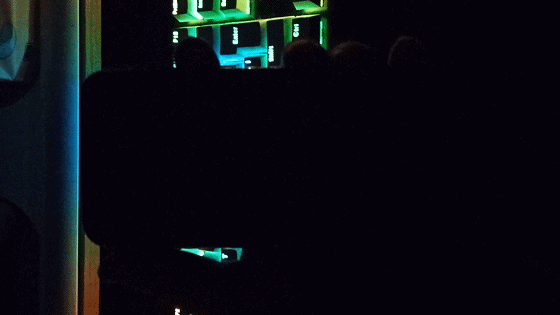
â–² However, when you use iPhone X, this process becomes: [to pick up the phone - automatically light screen - adjust the posture - stare at the screen - large probability FACE ID recognition is successful - to unlock from the bottom - back to the desktop] if FACE ID recognition failure probability, Oh, please re-enter your password to unlock...
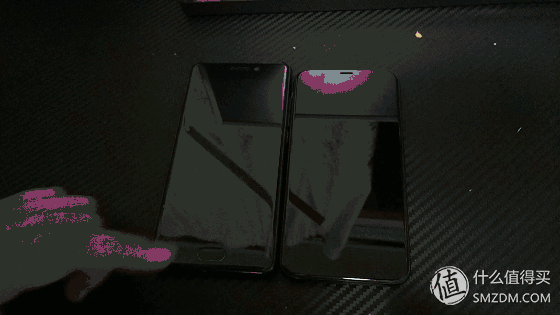 Of course FaceID may not be slow, but certainly not fingerprint recognition
Of course FaceID may not be slow, but certainly not fingerprint recognition
â–² Compare these two processes: Capacitive fingerprint is [light up screen - fingerprint identification - unlock screen - back to desktop], and face recognition is [pick up mobile phone - auto light screen - adjust posture - stare at screen - large Probability FACE ID recognition success - unlocking from the bottom - return to the desktop, I believe which is simple, which is complicated, you should see at a glance.

â–² What contrast VIVO's optical identification program? Maybe it's just like FaceID. After all, VIVO's solution is also to light up the screen before it can scan and identify fingerprints through self-illuminating OLEDs (this description is not very accurate, but almost this is the meaning), the process is relatively tedious, and it seems that Blindness may not be achieved.
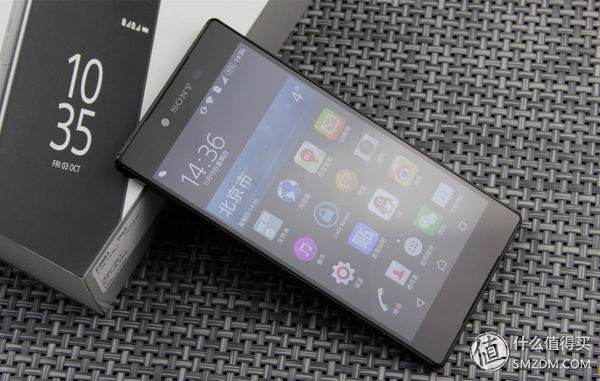
â–²There is no doubt that a solution like the Sony Z5P that slightly improves traditional capacitive fingerprinting is undoubtedly the most convenient. It not only avoids the trouble of post-fingerprinting, but also guarantees a similar experience to pre-fingerprinting.
However, in fact, I am most optimistic about the screen under the ultrasound fingerprint identification, do not need to light screen, spend some learning costs can be blind, almost the same as the previous capacitive fingerprint operation, these are their greatest advantages. Unfortunately, as far as the ultrasound program of Xiaomi 5s is concerned, it is really disappointing and people have to wonder about the future of this technology.
Third, security: temporarily unable to finalize
Speaking of security, in fact, whether it is fingerprint or face recognition or iris recognition, the security should be very high.
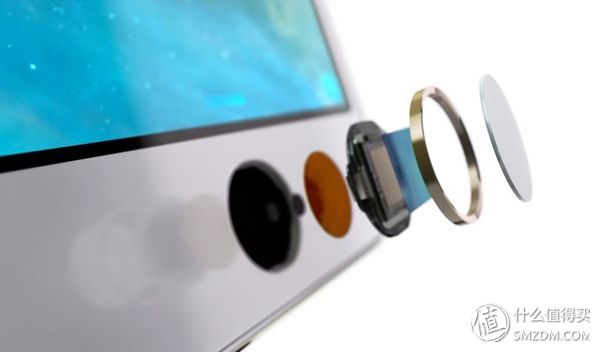 In fact, fingerprint recognition does not match all fingerprint information, and 20% of the matching rate may pass.
In fact, fingerprint recognition does not match all fingerprint information, and 20% of the matching rate may pass.
â–² The problem with fingerprint unlocking in mobile phones currently lies in the fact that the capacitive fingerprint of the mobile phone does not match all the fingerprint information. As long as the matching rate reaches a certain standard, it is unlocked. This standard can be 70%, it can be 50%, or even 20%. After all, if you completely match the fingerprint, then the success rate of fingerprint unlocking will become more worrying (Samsung's father would have been very worrying iris recognition everyone ignores it).
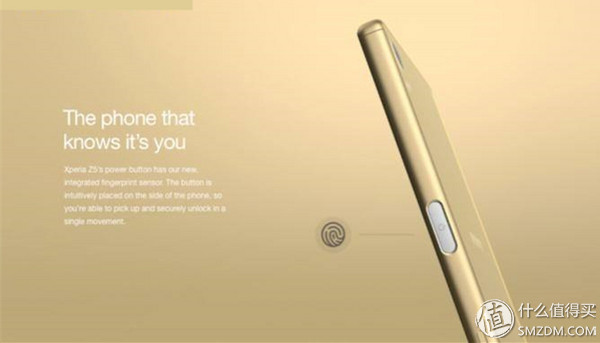
â–² Dafa's side fingerprint recognition, compared with the traditional fingerprint identification security is further reduced. After all, the more fingerprint identification data, the higher the security, which is a criterion. Compared to the positive fingerprint area, the contact surface of the side fingerprint is significantly smaller, the amount of information that can be saved and recognized is smaller, and the security is also lower. .
Is it safe to use a bunch of sensors to get a 3D stereo face from the face and then identify the FaceID? Not surprisingly.

â–²After all, iPhoen X has not been a problem for Asians to identify inaccuracies, even in the country of rice has been prosecuted for racial discrimination. It seems that in terms of iPhoneX, we Asians are all the same.
Fourth, about the future, not only to unlock: the future belongs to the integrated sensor technology represented by FaceID.
In fact, this part has already been mentioned in a lot of space in my iPhoneX evaluation. Here, we will give you a summary of it!
For the fingerprint technology, its upper limit may only be the security authentication, and iPhoneX's FACE ID facial recognition technology is not the same. The future it possesses seems to be limitless.
Here again, iPhone X's FACE ID facial recognition technology is not implemented through the camera but through the sensor.
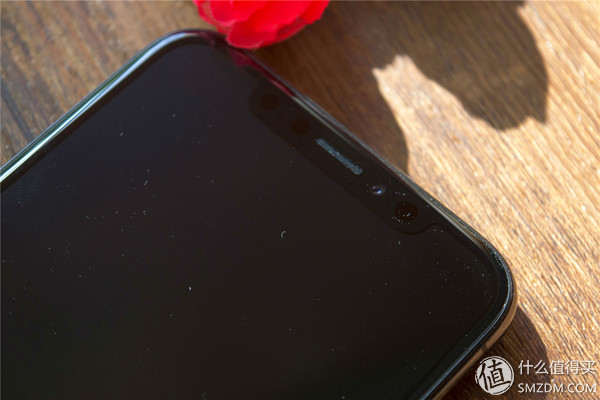
â–² In this small area, iPhoneX integrates so many sensors, and it is also relying on the original infrared lens, dot matrix projector, iPhoneX took out the most amazing black technology in this year's mobile phone products - FACE ID facial recognition technology.
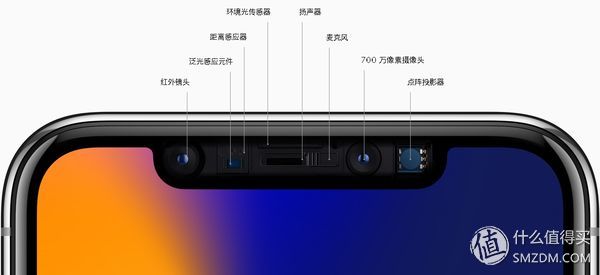
â–²Using a dot matrix projector hidden in the front panel "Liu Hai", more than 30,000 light spots that are invisible to the naked eye are projected on the face to create a unique facial spectrum. At the same time, the flood light sensing element emits infrared light, and the last infrared light The lens reads the dot pattern, captures its infrared image, and sends the data to a safe compartment in the A11 bionic chip to confirm the match.
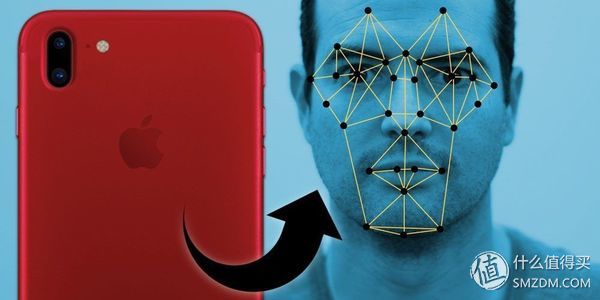
â–² Compared with the current facial recognition program of the Android camp, iPhoneX's FaceID obviously requires a higher level, relying on a variety of sensors to obtain a facial three-dimensional model, the information used is not a traditional 2D information, but a three-dimensional The three-dimensional surface profile information further enhances security under the premise of ensuring higher accuracy.

What does the sensor represent? What is the representation of a facial three-dimensional model that relies on multiple sensors? I do not know if you have thought of the following technology:
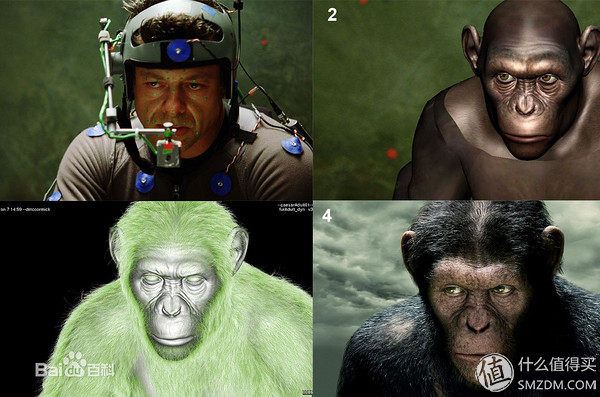

â–²Yes, this is the use of a bunch of sensors that allow the living people to change the orangutan and the motion capture technology of the dog. Actually speaking, the sensor technology represented by FaceID and portrait lighting effects and motion capture technology are similar. They also use sensors to construct 3D models and then perform post-processing.
So, think about it, even Yan Zuo can become a dog and cat. The smart phone that obtains your facial information through various sensors may just light the subject as long as the hardware and algorithms are good enough. , And through a series of intelligent algorithms, the final result of the film, and even far more than the current manual use of software such as Lightroom. What's more, maybe you can also change Vandar, no matter what the dog or dog is.
What about the camera? With regard to the current camera alone, it is impossible to obtain your 3D information through a bunch of sensors anyway. It is undeniable that, in any case, the quality of the camera alone is a rejection of the ten street of the mobile phone. But when it comes to the future, using mobile phones and mobile phones with sensors and algorithms, and crushed cameras with different picture quality, it may be necessary to start arranging and parting ways.
to sum up
How the future will be, is not always known now. I do not know that after entering the era of full screen, the smart phone will be unlocked for a period of time which is one of the above, but for now, there is no doubt that the fingerprint scheme is more practical and convenient. In the era of screens, whether it is to put fingerprints on the side or hide fingerprints under the screen through ultrasound or optical recognition, it is a good solution.
However, the role of fingerprinting is limited to this, and the multi-sensor integrated technology represented by FaceID has an infinite future.
Saying that everyone may wish to imagine, maybe another time, maybe the phone can use brain waves to unlock it? It's cool to think about it.
Shenzhen Xcool Vapor Technology Co.,Ltd , https://www.szxcoolvape.com